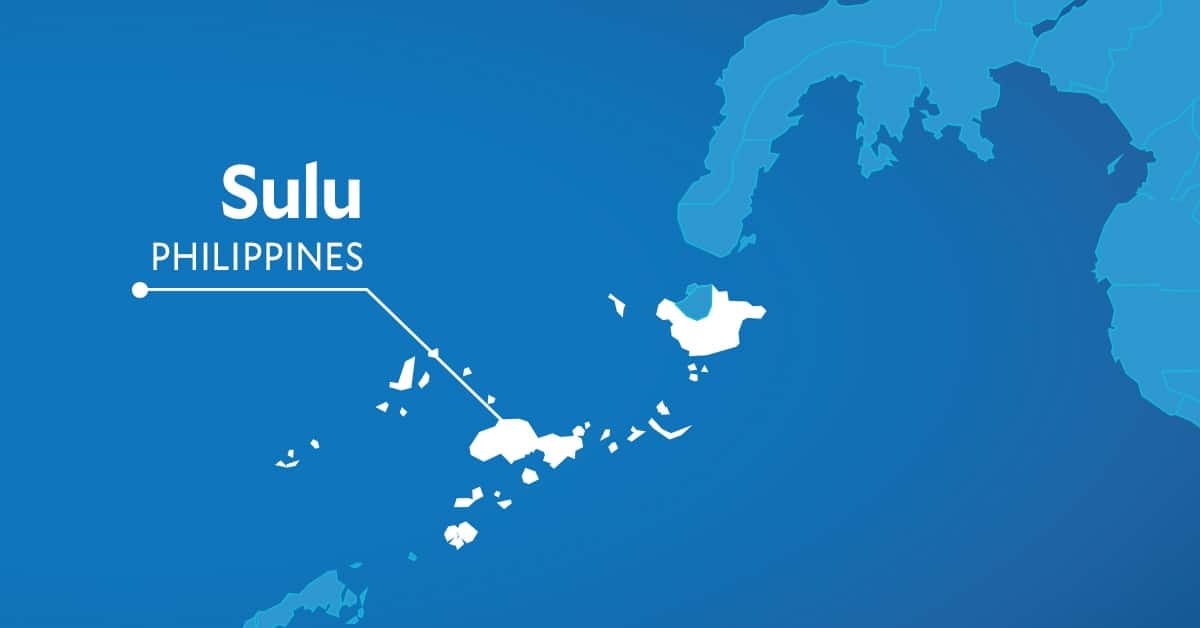Sulu voters still divided on province’s Bangsamoro region exit

PATIKUL, SULU, Philippines — The residents of Sulu expressed mixed views on the province’s exit to the Bangsamoro autonomous region.
This was known during the interviews conducted here during the mock elections held by the Commission on Elections (Comelec) on Saturday in towns of Jolo and Patikul.
While the other provinces which are part of Bangsamoro Autonomous Region in Muslim Mindanao (BARRM) gears up for the first ever parliamentary polls, the residents in this province are just preparing for midterm polls.
READ: SC: Sulu not part of BARMM
Their BARRM counterparts have to cast two ballots come May 12—one for parliamentary and one for the national elections—and Sulu, like every other region nationwide, will just cast one ballot for local and national candidates.
READ: Comelec irons out kinks, voters try shading limits in Sulu mock polls
Alnijal Sawali, said he is “okay” with Sulu not being represented in BARRM.
“If that’s the result [of the vote], that’s it,” Sawali told INQUIRER.net in Filipino during the sidelines of absentee voting here.
READ: Mock polls: Sulu fastest transmitter of results, Starlink plays role
“Majority are against the BARRM,” Sawali, who said that he did not vote on the plebiscite, said. “If that’s their decision, that’s it.”
Sawali, 26, who is a high school teacher, also noted how the benefits from BARRM get delayed.
“It’s better to be under the national [government],” he said. “Under the national [government], the teacher gets more benefits. But in BARRM, while they also get benefits, it gets delayed.”
A plebiscite to ratify the Bangsamoro Organic Law (BOL) was conducted on January 21, 2019, covering areas of the Autonomous Region in Muslim Mindanao (ARMM), which includes Sulu.
Majority of the ARMM ratified the law, except for Sulu. The Comelec said that 301,157 people voted in Sulu, of whom 163,526 of them voted for “no” and 137,631 voted for “yes.”
Despite this, it was included in the BARRM, which was later reversed by the Supreme Court (SC).
The BOL mandates an 80-member parliament for BARRM and the SC decision excluding Sulu from the region will result in a 73-member parliament as the province used to occupy seven seats.
A resident hopes this vacuum in the seat could soon be refilled by Sulu.
“I am hoping that Sulu returns to BARRM,” resident Flodemier Sakandal told INQUIRER.net, noting that they became more peaceful and that there were less “tragedy” after the formation of the autonomous region.
A resident who voted for Sulu’s inclusion in BARRM said it’s “hard” to get used to their province not being under the autonomous region.
“For me, it’s hard for the youth especially because they are already used to being under BARRM,” Nurjana Sakandal told INQUIRER.net. “I hope they just retain it, so we will be comfortable and peaceful.”
However, Sakandal doesn’t appear to dwell on it.
“Maybe the politicians will take care of it,” she said.


















